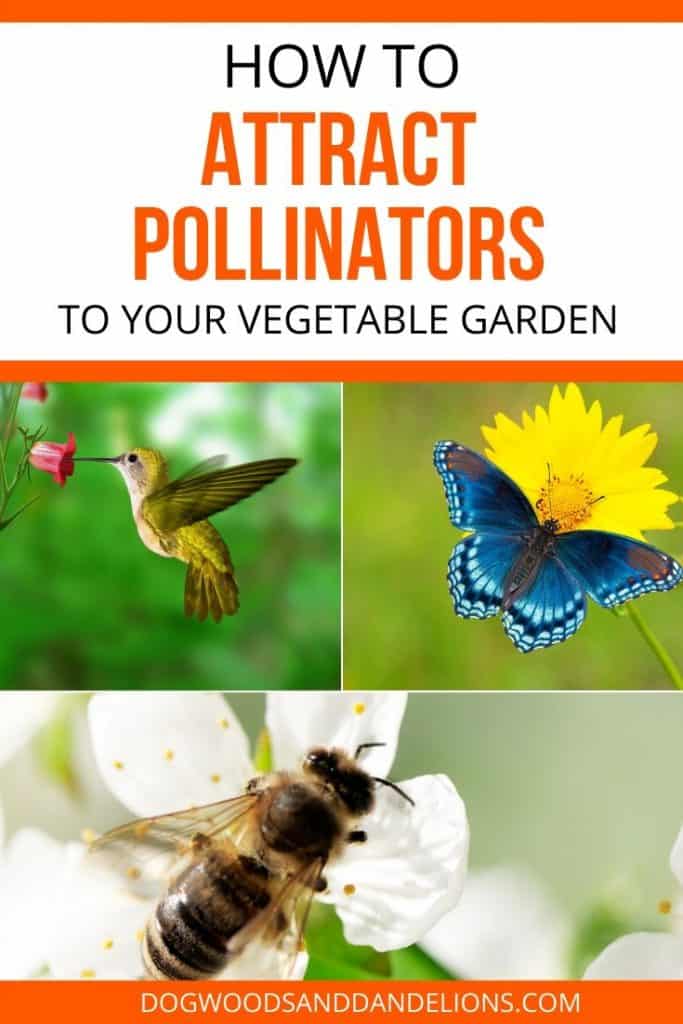Attract Pollinators, Top Gardening Tips

Gardening for Pollinator Attraction: Top Tips for a Buzzing Garden
Ever wondered how you can make your garden a buzzing haven for bees, butterflies, and other pollinators? Gardening for pollinator attraction is not just about having a beautiful garden; it's about supporting the tiny, hardworking creatures that keep our ecosystems thriving. Let's dive into some top gardening tips to turn your outdoor space into a pollinator's paradise.
Why Garden for Pollinators?
Pollinators are the unsung heroes of our ecosystems. They facilitate plant reproduction and support biodiversity. By creating a pollinator habitat in your garden, you're not just helping the environment; you're also inviting beautiful wildlife into your space. It's a win-win!
Understanding Pollinator Preferences
Before we get into the nitty-gritty, let's understand what pollinators love. Bees, butterflies, and hummingbirds are attracted to different colors, scents, and shapes. Bright colors like yellow, purple, and blue are big hits, as are fragrant flowers and those with landing platforms.
Native Plants: The Cornerstone of Pollinator Gardens
When it comes to gardening for pollinator attraction, native plants are your best bet. They've co-evolved with local pollinators, making them perfectly suited to each other's needs. Plus, they're usually low-maintenance and drought-resistant.
Bee-Friendly Plants: A Must-Have
Bees are the superstars of the pollinator world, so let's give them the VIP treatment. Plant a variety of bee-friendly flowers that bloom at different times of the year. Asters, sunflowers, and goldenrod are great choices.
Butterfly Magnets: Plants that Attract Butterflies
Butterflies are drawn to plants like milkweed, coneflowers, and black-eyed Susans. These plants provide nectar for adult butterflies and leaves for caterpillars to munch on.
Hummingbird Havens: Plants that Attract Hummingbirds
Hummingbirds love tubular, brightly colored flowers like trumpet vine, bee balm, and cardinal flower. These plants provide the nectar that hummingbirds need to fuel their high-energy lifestyle.
Designing Your Pollinator Garden
Now that you know what to plant, let's talk design. Aim for a mix of heights, colors, and textures to create a visually appealing space. And remember, pollinators need more than just flowers.
Water Features: A Pollinator Must-Have
Pollinators need water to drink and bathe in. A shallow birdbath or even a small dish of water can make a big difference.
Shelter: Providing Homes for Pollinators
Pollinators need places to rest, nest, and overwinter. Incorporate features like bee hotels, brush piles, and dead wood into your garden design.
Wildlife Gardening: Letting Nature Take the Lead
Wildlife gardening is all about creating a natural, sustainable space where wildlife can thrive. This means embracing a little messiness and letting nature take the lead.
Leave the Leaves: The Benefits of a Messy Garden
Leaf litter provides habitat for many beneficial insects, including pollinators. So, don't be too hasty with the rake this fall.
Dead Wood: A Vital Part of the Ecosystem
Dead wood provides habitat for a variety of creatures, including beetles and solitary bees. Consider leaving a small pile of dead wood in a corner of your garden.
Sustainable Gardening: Good for Pollinators, Good for the Planet
Sustainable gardening practices go hand in hand with gardening for pollinator attraction. Here are a few tips to make your garden more eco-friendly.
Avoid Pesticides: Keeping Pollinators Safe
Pesticides can be harmful to pollinators, even in small amounts. Opt for organic pest control methods instead.
Composting: Turning Waste into Wealth
Composting is a great way to reduce waste and improve your soil. Plus, it's a fun and rewarding process.
Resources for Pollinator Gardening
Looking for more information on gardening for pollinator attraction? The Xerces Society is a fantastic resource, offering guides, plant lists, and more.
Conclusion
Creating a garden that attracts pollinators is a rewarding endeavor. Not only are you helping the environment, but you're also inviting beautiful wildlife into your space. So, get out there and start planting! Your local pollinators will thank you.
FAQs
Q: What are the best plants for attracting bees?
A: Bees love plants like asters, sunflowers, and goldenrod. Aim for a variety of plants that bloom at different times of the year.
Q: How can I attract butterflies to my garden?
A: Butterflies are drawn to plants like milkweed, coneflowers, and black-eyed Susans. These plants provide nectar for adults and leaves for caterpillars.
Q: Should I use pesticides in my pollinator garden?
A: No, pesticides can be harmful to pollinators. Opt for organic pest control methods instead.
Q: Why is it important to garden for pollinators?
A: Pollinators play a crucial role in our ecosystems, facilitating plant reproduction and supporting biodiversity. By creating a pollinator habitat, you're helping the environment.
Q: What is wildlife gardening?
A: Wildlife gardening is all about creating a natural, sustainable space where wildlife can thrive. This means embracing a little messiness and letting nature take the lead.
0 Response to " Attract Pollinators, Top Gardening Tips"
Post a Comment